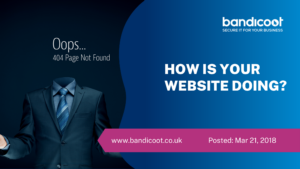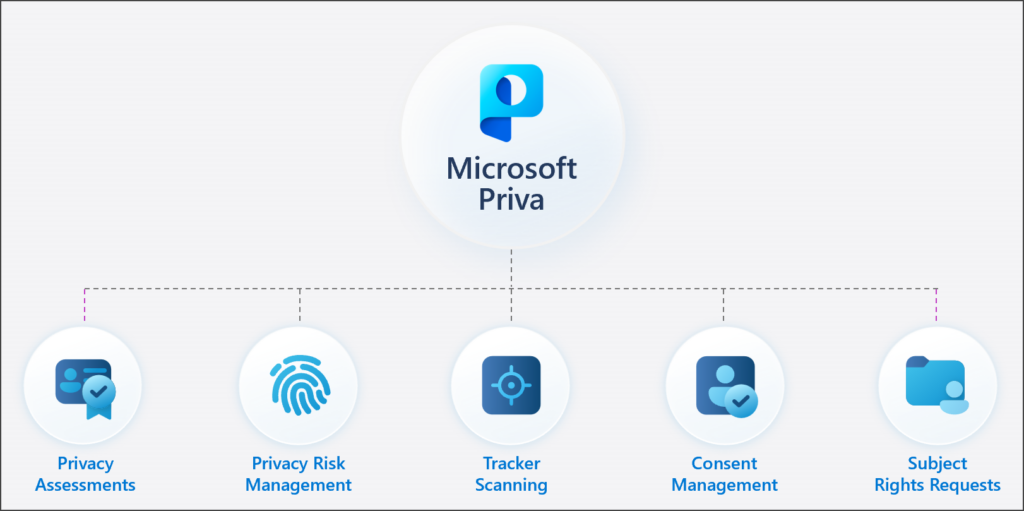
So, you’ve got a website, but is it doing all that it should, or could? Your website will say a lot about your business. In fact, it will say more than you think it does. It’s not just about you getting your brand and business out there, online, for the world to see. It is about perception, how people visiting your site view your business and what you are offering them.
We provide website design, professional IT support and IT services in Burnley and Lancashire and we know about what makes some websites better than others. We know what works and what doesn’t.
The digital landscape does not stand still. Things change. We think you cannot afford to ignore change when it comes to your website. What might have seemed good to you a few years ago may now look like a relic from an early age. Furthermore, it’s also about performance. Design is one thing, but your website must be properly functional.
Is it time for a change? Is your website begging for a redesign? Remember, it’s not about you but about your prospects and customers.
What is Your Proposition?
You cannot assume that someone landing on your site already knows all about you. You must convince them swiftly that whatever their issues, their pain points, you can supply the answers they need.
However, you should be careful about how much information you give them. There is the temptation to keep adding to when it comes to websites, until they become the digital equivalent of a sock drawer, overflowing with a jumble of content.
People already suffer from information overload in many walks of life. Don’t add to the problem. Keep things clear, concise, but with enough substance to get the attention of those all-important web crawlers for indexing your site on search engines.
Help keep the user’s focus clear. Make your core message count and make it the hero of your home page. Keep the spotlight on your customers, addressing their concerns. Listing your achievements or how you’re the leading light in your field is not answering their needs.
Don’t get hung up on explaining the nuts and bolts of your business. Concentrate on the benefits it can bring your target audience. This will help your business seem approachable and build trust with your online audience.
Is Your Design Working?
The design of your website should be responsive. Google’s mobile first indexing means that your website must fit the device it is being viewed on to achieve a satisfactory SEO ranking. But it’s about more than what Google perceives. It’s about the visitors to your site.
Mobile web use overtook desktop devices some time ago, which means anyone landing on your site is increasingly likely to be using a smartphone. What will they find when they land? A badly adapted site will cost you in conversions.
55% of survey respondents to eMarketer recently stated that they would not buy from a poorly designed mobile site. Your website design must meet the needs of mobile users.
Furthermore, simplicity is the key to website success. An uncluttered design should work in tandem with your site’s content to draw users in.
The research of Jakob Nielsen PhD, web usability consultant, suggests that web users read, at most, 20% of words on a web page. This is based on an analysis of tests using eye-tracking software.
Users can perceive very quickly, in around a second, whether a site’s is complex or simple. This is a crucial first impression. If you get this wrong, you are highly likely to lose them.
How Fast is Your Site?
To meet your users’ expectations your website must be fast enough. Slow page loading speeds are a source of online frustration, with surveys suggesting that around half of web users now expect a site to load within two seconds or under. Three seconds may well mean they abandon the site altogether and go elsewhere.
This, therefore, goes beyond inconveniencing your audience. It can have a significant negative impact on your business performance. It may mean losing prospects and damaging your online reputation at the same time.
If someone is dissatisfied with your website’s performance they are unlikely to return to it. Nor will they be recommending you to anyone else. News of poor online performance spreads quickly, and widely.
Whether you like it or not, the internet equates to instant gratification for many users. You must meet your customers’ expectations. Speed matters when it comes to conversion rates.
Fortunately, slow loading speeds are fixable, providing you know where to start optimising your site.
Are You Taking Measurements?
What are the indicators for your website’s performance? If you’re not measuring performance then you cannot make improvements. As a business essential, your website is not static. It should be an active marketing tool, drawing in new customers for you.
You need to know things like click-density – where your customers are going, and what each segment of your audience is doing. What do you know about your web traffic, such as the number of visitors, what pages they land on, and whether they stick around.
This brings us on to your bounce rate. How many people have been driven to your site from an external traffic source, viewed just one page and left? What does this say about your site?
Other crucial metrics include the keywords and phrases people searched to reach your site; unique visits, page views and, of course, your conversion rate.
What’s Next for Your Website?
There’s no rest for a website, if it is to stay effective and help you stand out from your competition. This is not just about changing tastes or fashions. It is about business survival and growth, pure and simple – like your website design should be.
We’re website designers and IT support specialists in Burnley. We know our stuff. Get in touch and find out how we can make your website an effective tool to help your business thrive and attract the customers you’re looking for.



